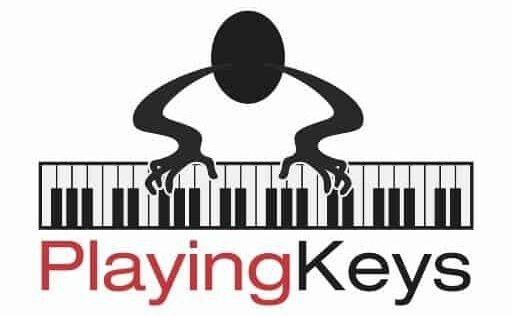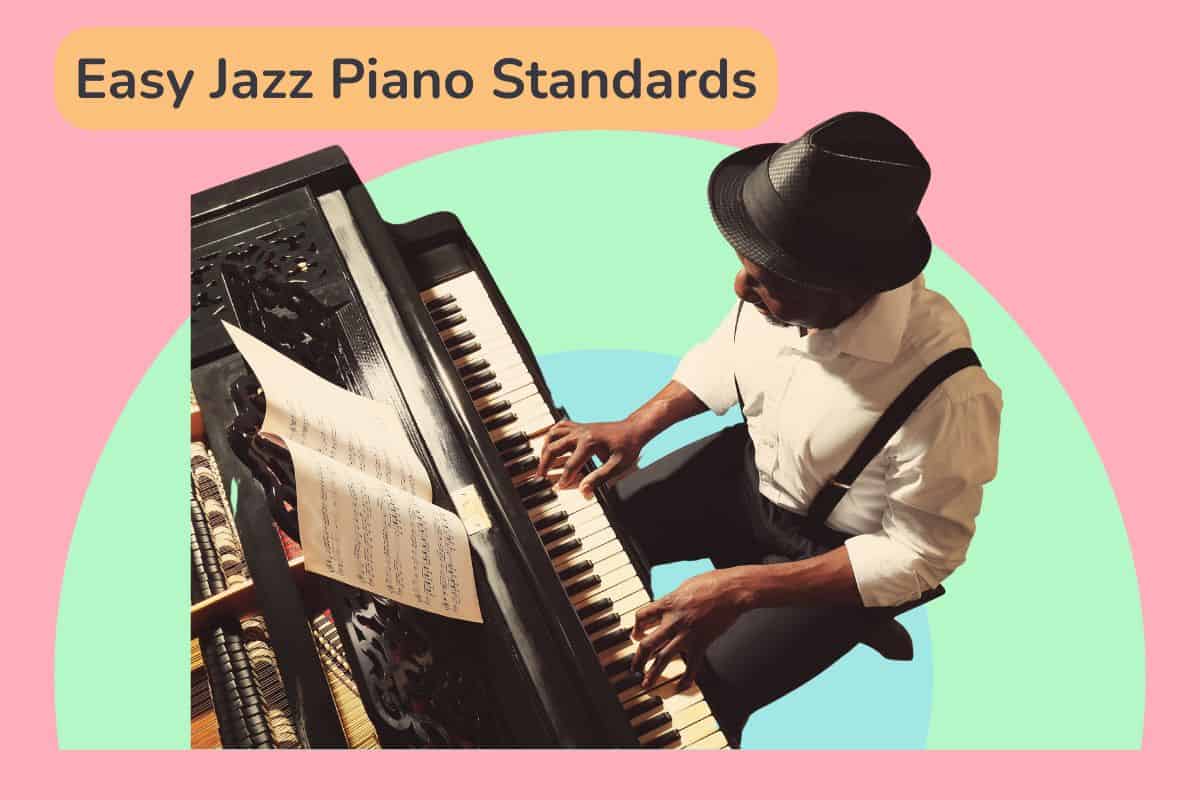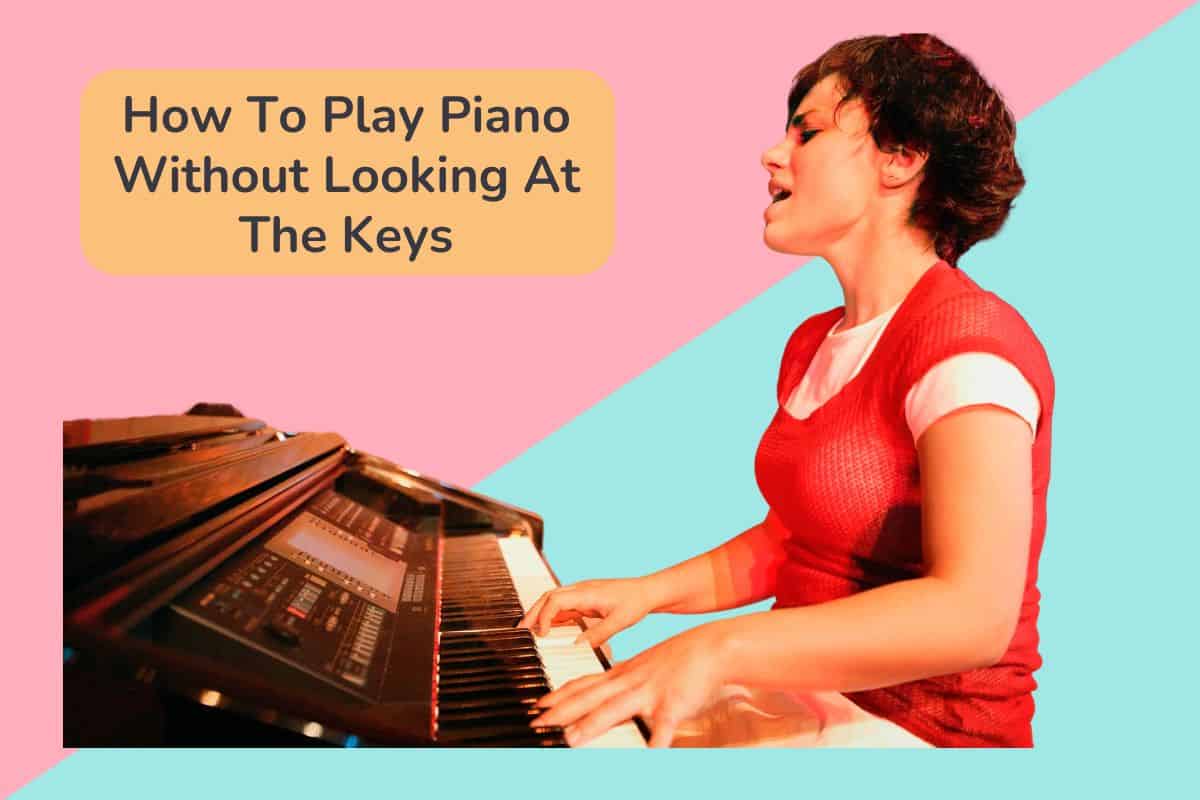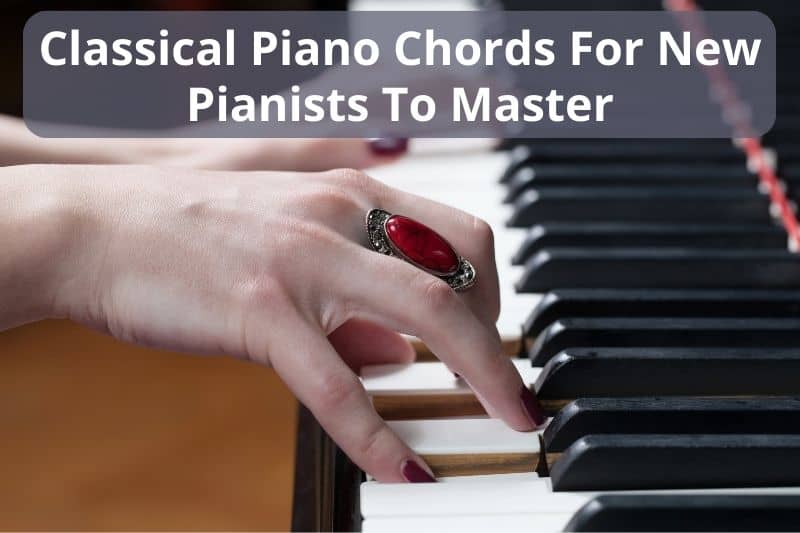Stride piano is a jazz piano technique that emerged in the early 20th century, primarily from the Harlem Renaissance scene. It’s a dynamic and complex style of play that’s evolved from earlier forms like ragtime.
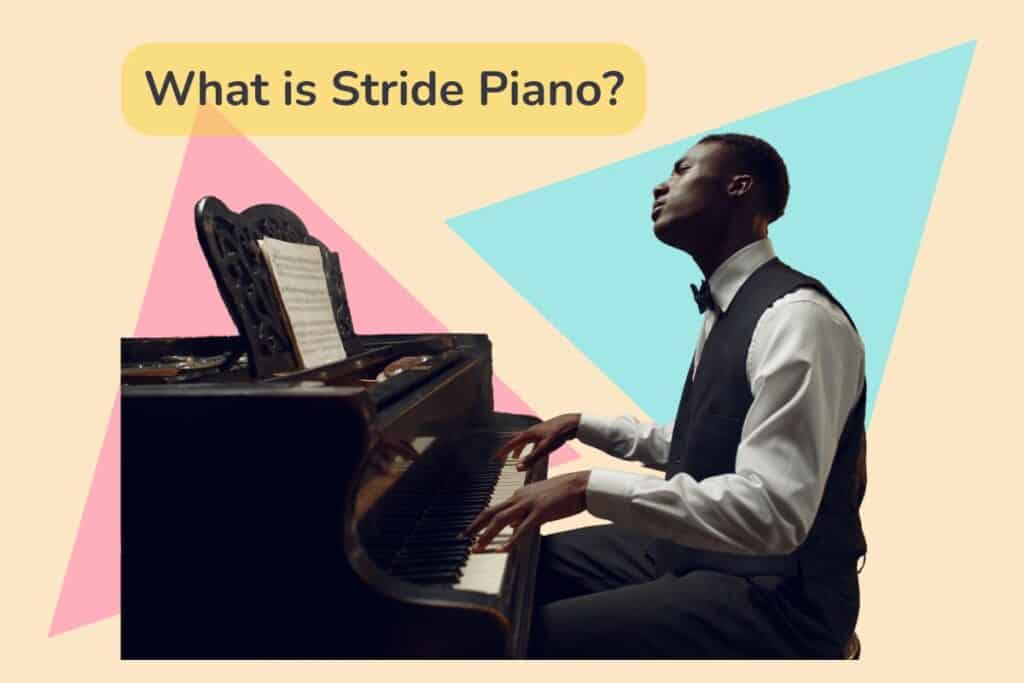
Stride piano is characterized by a rhythmic, percussive left-hand accompaniment that ‘strides’ across the keyboard. This involves the left hand alternating between low bass notes or octaves and mid-range chords or harmonies, which creates a rich, swinging bass line against which the right hand can improvise melodies.
As you learn about stride piano, you’ll encounter the works of its pioneers, such as James P. Johnson, Fats Waller, and Willie “the Lion” Smith, among others. They’ve shaped Stride into a showcase of virtuosic skill, using the full range of the piano to create a full-band sound.
Its hallmark feature is that it allows you to play a strong, rhythmic bass with just one hand, leaving the other free to create melodies and flourishes.
Historical Context and Origins
Stride piano emerged as a definitive jazz piano style from the earlier ragtime music, characterized by a complex left-hand accompaniment. It thrives on a lively rhythm and innovative improvisations, setting the stage for the swing and big band era.
Early Influences
Ragtime, with its syncopated rhythms and march-like tempo, laid the groundwork for Stride. Scott Joplin, known for his rag compositions, indirectly influenced stride pianists who wanted to push musical boundaries. The stride style incorporated ragtime’s structure but veered towards more improvisation and a robust rhythmic momentum.
Key Proponents
James P. Johnson, often heralded as the father of Stride, infused his New York upbringing with the virtuosity of ragtime to pioneer this style. Another key figure, Fats Waller, Johnson’s student and a noted jazz composer, further popularized Stride. These musicians, among others, congregated in Harlem, making it the incubator for Stride’s evolution within the jazz genre.
Technical Aspects of Stride Piano
Stride piano demands a mastery of certain techniques to effectively produce its energetic and rhythmic sound. Here’s a closer look at the specific skills you’ll need.
Left-Hand Techniques
Your left hand is the engine of stride piano, responsible for both the low-end pulse and harmonic structure. It alternates between bass notes—typically on the first and third beats—and chords on the second and fourth beats. You’ll usually hit a bass note, often the root or a tenth away from your chord, then jump to a chord that’s full of voice leading or guide tones. The bass notes can be played as a single note or an octave for a fuller sound, and the chords may include inversions, 7th chords, or even higher extensions.
- Bass Note: Play on beats 1 and 3.
- Use octaves for a richer sound.
- Chord: Play on beats 2 and 4.
- Include inversions and 7th chords for variety.
The jumps between bass notes and chords should be precise; practice with a metronome to improve your accuracy and rhythm.
Right-Hand Techniques
While your left hand is busy with the rhythm, your right hand adds melody and flourishes. It generally focuses on the melody, using arpeggios and triads to embellish and complement the rhythm set by the left hand. The right should be adept at voice leading and creating right-hand embellishments that sync with the left-hand’s stride pattern.
- Melody: Focus on the main theme or improvisation.
- Embellishments: Incorporate arpeggios, triads, and creative syncopation.
Stride Piano Technique
To bring it all together, coordinating your hands is key. You’ll need to work on jumping your left hand swiftly and smoothly between low bass notes and high chords while your right-hand dances a melody above. This holistic approach to stride piano involves playing hands together with alternating bass notes and chords in the left, with the right hand providing embellishments and melodic interest. Start slow, ensuring each note is purposeful, before gradually increasing the tempo.
Notable Compositions and Artists
Here’s a look at some key songs and figures that have marked stride piano’s legacy.
Influential Pieces
- James P. Johnson: “Carolina Shout” and “You’ve Got to Be Modernistic”
- Fats Waller: Boldly composed “Ain’t Misbehavin'” and playful “Handful of Keys”
- Willie’ The Lion’ Smith: Known for intricate pieces like “Finger Buster”
- Mary Lou Williams: Infused Stride with unique sensibilities in compositions such as “Zodiac Suite”
Iconic Musicians
Musician
Contributions
James P. Johnson
Often referred to as the father of stride piano, he influenced the Harlem stride style.
Fats Waller
His charismatic persona and technical prowess made his performances stand out.
Willie’ The Lion’ Smith
Not just a pianist but a symbol of the stride style’s sophistication and charm.
Luckey Roberts
Known for his dexterous play, he’s credited with advancing Stride’s technical reach.
Art Tatum
Elevated Stride with his virtuoso technique and innovative improvisations.
Thelonious Monk
Brought a unique approach to Stride that later shaped his be-bop style.
Oscar Peterson
Though not a stride pianist, he was influenced by the style and occasionally incorporated stride passages into his play.
Duke Ellington
While better known as a bandleader and composer, his early work included stride elements.
Dick Hyman and Judy Carmichael
Among the contemporary artists who’ve kept the stride tradition alive.
These artists and their compositions are central pillars of the stride piano style, each bringing a distinctive flavor to this expressive form of jazz.
Stride Piano’s Influence and Legacy
Stride piano isn’t just a style of music; it served as a transformative link between early jazz, like ragtime, and the more complex forms of jazz that followed. It’s influenced a range of modern styles and left an indelible mark on jazz music.
Transition to Modern Styles
When you trace the history of jazz, you’ll find stride piano as a key conduit between the rigid structures of ragtime and the free-flowing nature of later jazz forms. Art Tatum, a stride piano virtuoso, took the genre to new heights with his prodigious technique. His innovations made way for modern jazz styles, influencing icons like Duke Ellington and Thelonious Monk. They employed Stride’s harmonics and rhythms that eventually infused into modern jazz and even blues. The genre’s insistence on creativity laid the groundwork for the improvisational spirit inherent in modern jazz as we know it.
Enduring Legacy
Stride’s legacy is both rich and enduring, with its influence resonating in pop music and contemporary jazz alike. It’s where you can hear the echoes of Fats Waller’s playful and swinging melodies. This style of play required such technical skill that it set the bar for jazz pianists to come. Waller’s work, alongside others, set a precedent for keyboard artistry and musical creativity. Beyond technical skills, Stride’s emphasis on the pianist’s freedom to improvise inspired generations of musicians to make the instrument speak in new and exciting ways.
Learning Stride Piano
Mastering stride piano involves a firm grasp of its fundamental techniques and utilizing the right educational resources.
Fundamental Techniques
In stride piano, your left hand must alternate between playing a bass note, often on beats 1 and 3, and a higher chord on beats 2 and 4, generating a rhythmic four-beat pulse. Focus on:
- Aiming: Precision in your left hand’s movement is crucial. Aim to hit the bass notes and chords accurately to maintain the rhythm.
- Voice Leading: Guide tones, which are the 3rd and 7th of a chord, help in creating smooth transitions. Learn to incorporate them efficiently to enhance your melodic flow.
- Melody: While your right-hand carries the melody, it’s also responsible for improvising. Practicing improvisation over scales, like the blues scale, can aid in developing this skill.
- Tempo: Begin with a slow tempo to build muscle memory. Only increase the pace as you become more confident with the technique.
Resources for Students
To advance your skills, leverage a range of resources:
- Songs: Study classic stride piano compositions by artists like Duke Ellington to understand the style.
- Free Lessons: Look for free lessons available online for a structured introduction to stride piano.
- Practice Tips: Practice each hand separately before trying to play with both hands together. This helps in mastering the hand independence required for stride piano.
Cultural Significance
Stride piano emerged in the vibrant African American community of Harlem, New York, during the early 20th century. You’ll find that this style served as a cornerstone for the later development of jazz piano. Its influence stretched from the solo performances in smoky bars to the big stages where big bands thrived.
- Harlem Renaissance: During this cultural movement, stride piano was part of a larger creative blossoming.
- Cultural Identity: It provided a new form of musical expression that reflected both the struggles and triumphs of African Americans.
The stride pianist’s role wasn’t just an entertainer but also a kind of cultural ambassador. Through powerful left-hand rhythms and inventive improvisation, they captivated audiences, communicating the spirit of their community and times. Stride’s influence didn’t stop at the borders of Harlem; it extended to other forms of jazz and popular music, nationally and internationally.
Here’s how Stride fits into the bigger cultural tapestry:
- Jazz Evolution: Stride is a crucial link between earlier ragtime and later jazz styles.
- Cultural Exchange: It acted as a cultural conduit, introducing elements of African American music to wider audiences.
- Musical Education: Many jazz pianists have studied stride techniques as part of their musical training, passing down its legacy through generations.
As a part of jazz history, Stride’s contributions to the genre’s language—like the walking bass lines and swung rhythms—are invaluable. Its techniques have been adopted and adapted by countless jazz pianists, ensuring that Stride’s cultural legacy endures.
